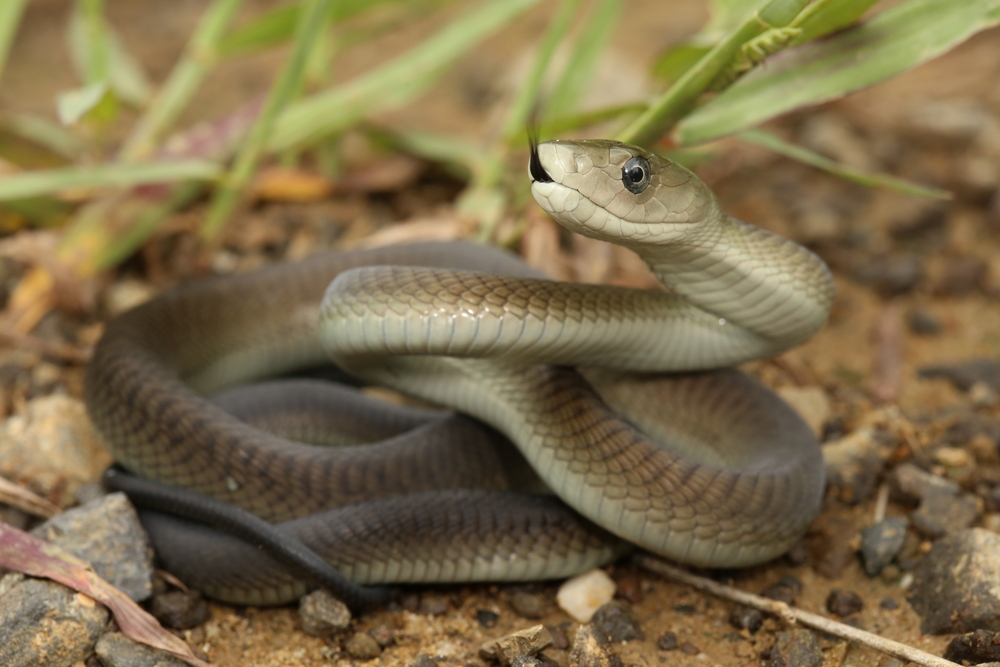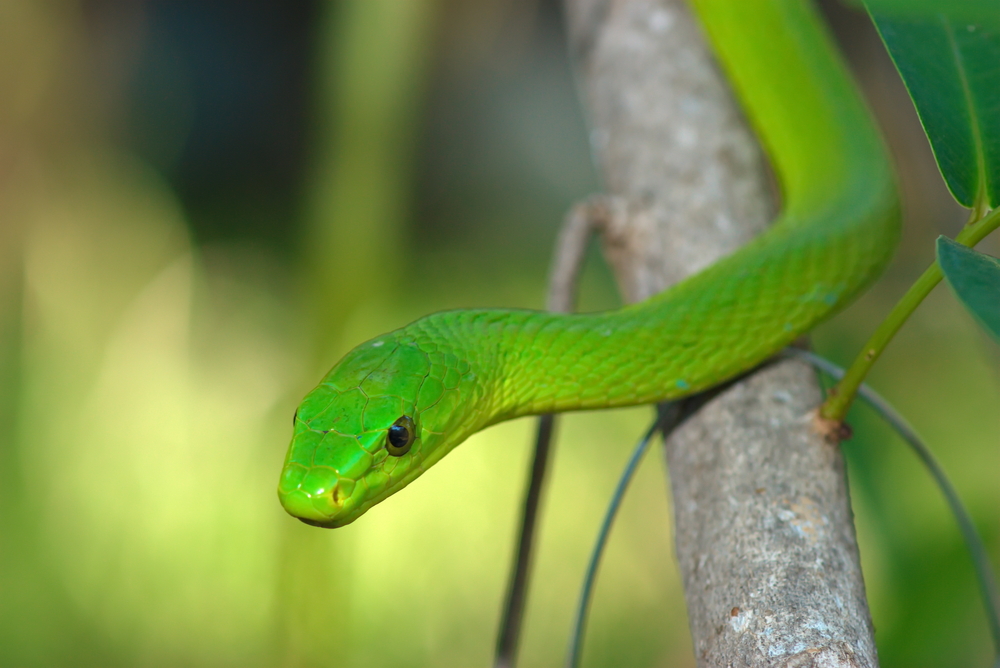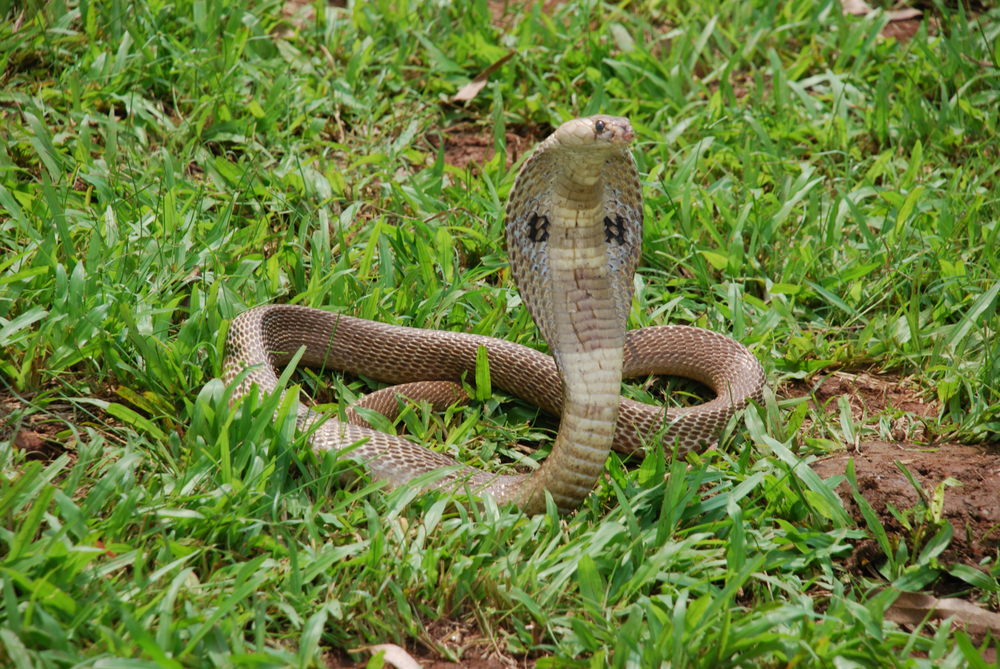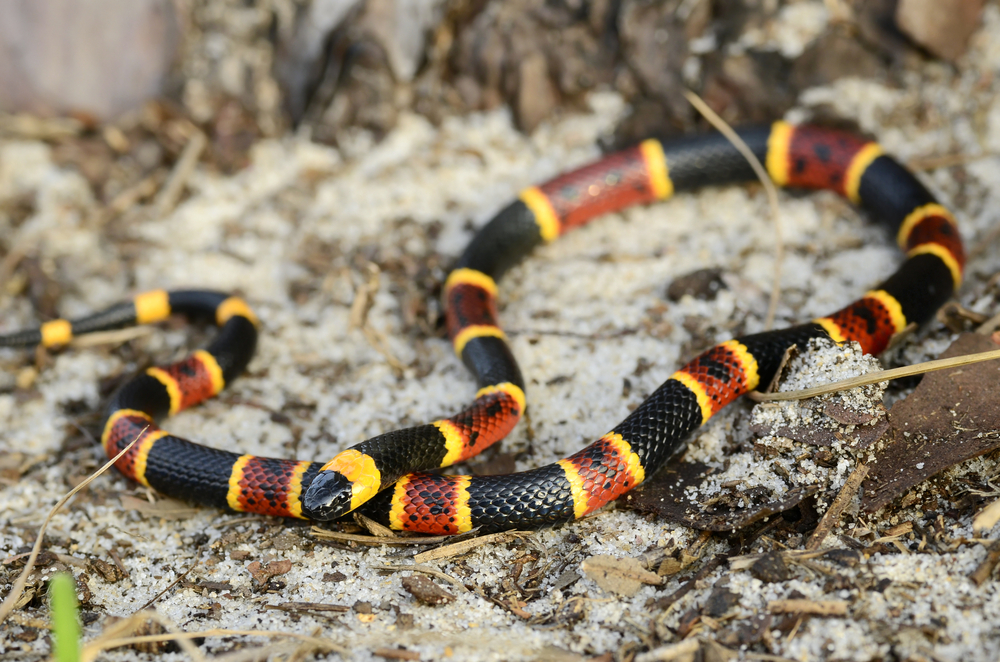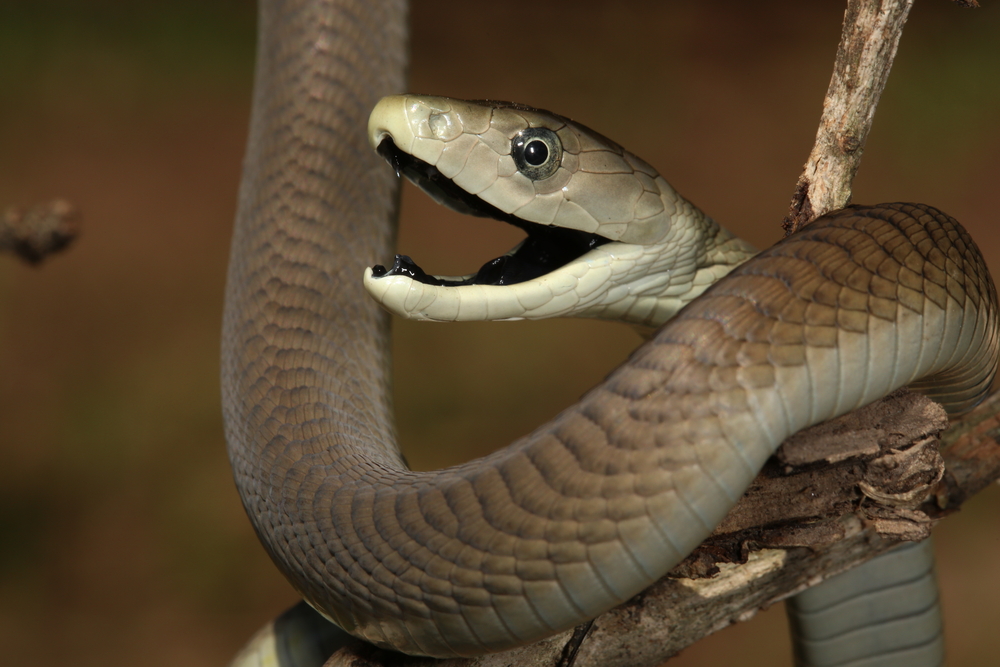The Black Mamba is infamous for its highly potent venom, making it one of the most dangerous snakes in the world. Here’s a breakdown of its venom toxicity and comparison with other venomous snakes:
1. Venom Composition:
- The venom of the Black Mamba contains a mix of neurotoxins, cardiotoxins, and other compounds. Neurotoxins are particularly lethal as they affect the nervous system, leading to paralysis and respiratory failure.
2. Venom Potency:
- The venom is exceptionally potent. It acts rapidly, causing symptoms within minutes. Without antivenom treatment, the mortality rate from a Black Mamba bite is extremely high, nearing 100%.
3. Venom Quantity:
- In addition to its potency, the Black Mamba can inject a large amount of venom in a single bite. This quantity exacerbates the severity of the bite.
4. Comparison with Other Venomous Snakes:
- Inland Taipan: Often considered the most venomous snake based on LD50 tests in mice, the Inland Taipan’s venom is more toxic than that of the Black Mamba. However, bites from this snake are rare, and it is less aggressive.
- King Cobra: While the King Cobra’s venom is less toxic than the Black Mamba’s, it can deliver a larger volume of venom in a single bite, making it extremely dangerous.
- Russell’s Viper and Saw-scaled Viper: These snakes are responsible for more deaths in their range due to higher interaction with humans, but their venom is less potent than that of the Black Mamba.
5. Aggressiveness:
- While many venomous snakes avoid confrontation, the Black Mamba is known for being particularly aggressive when cornered or threatened, which contributes to its dangerous reputation.
In summary, the Black Mamba’s venom is not the most toxic if compared on a purely chemical basis, but the combination of its potency, the amount of venom delivered, rapid action of the venom, and the snake’s aggressive nature when threatened make it one of the most feared snakes globally. Prompt medical treatment with the correct antivenom is crucial in the event of a bite.



































































